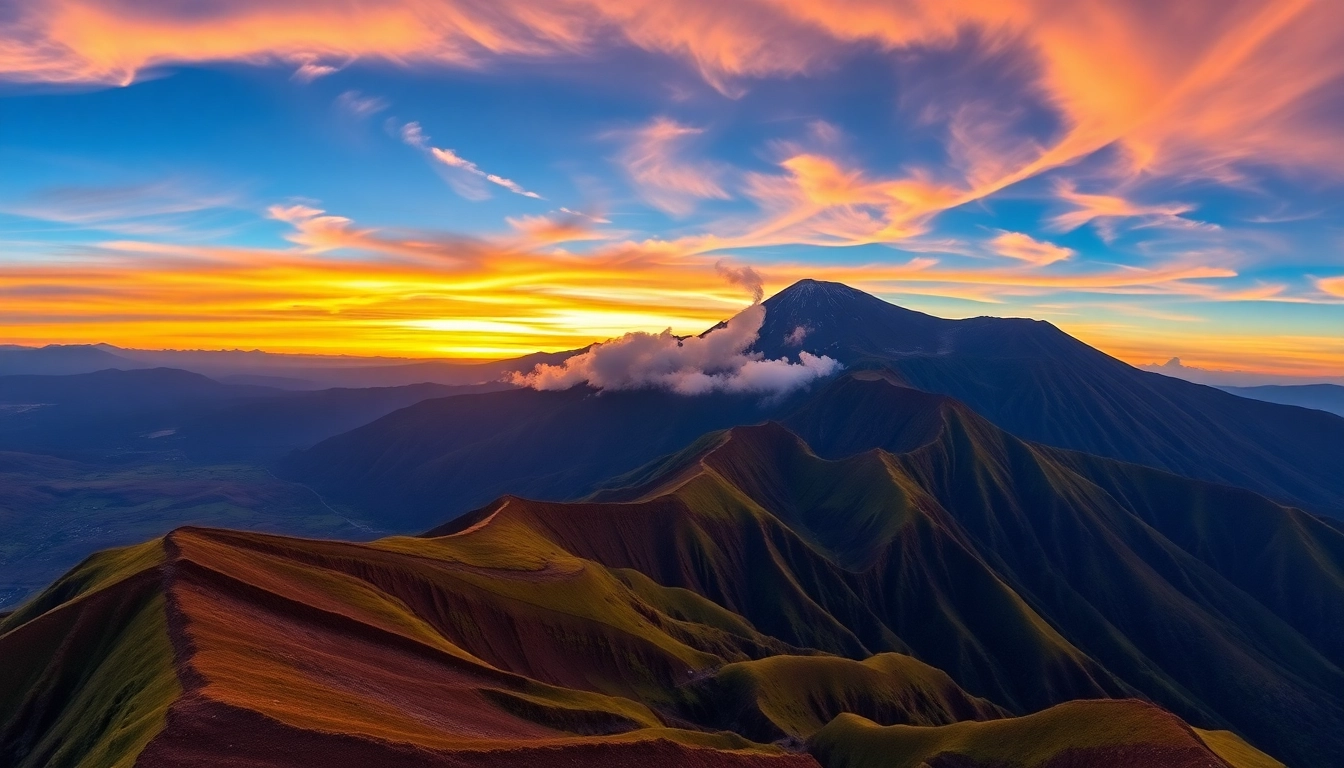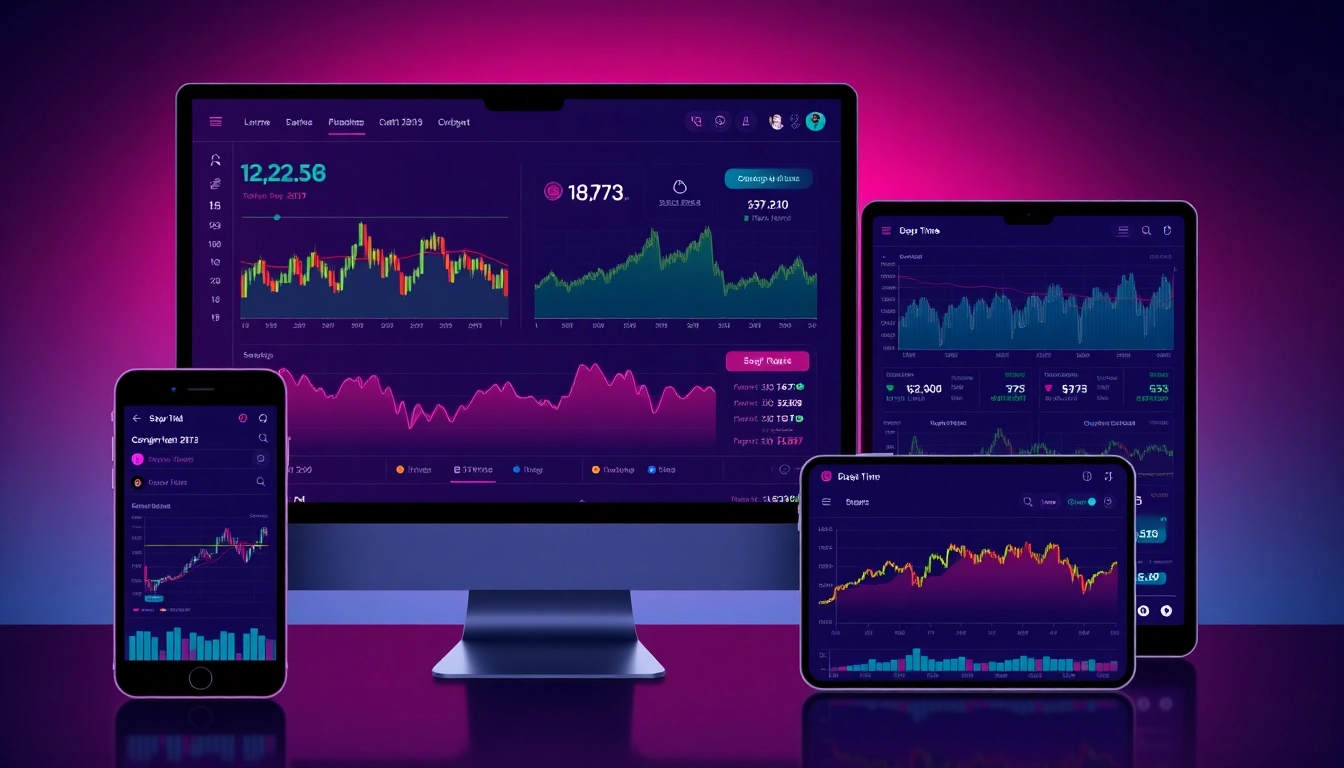
Introduction to Lombok: Why It’s a Must-See Destination
Nestled in the heart of Indonesia’s diverse archipelago, Lombok offers an enchanting blend of natural beauty, rich culture, and adventurous pursuits that captivate every traveler’s imagination. Often overshadowed by its famed neighbor Bali, Lombok remains a hidden gem that beckons discovery for those seeking authentic experiences away from bustling tourist crowds. From majestic mountains to pristine beaches, this island promises an immersive journey into Indonesia’s vibrant traditions and breathtaking landscapes. Whether you’re an adventure enthusiast, a culture seeker, or a tranquility lover, Lombok’s multifaceted charm makes it an irresistible destination.
To fully enjoy what Lombok has to offer, understanding the ins and outs of this island through a comprehensive guide is essential. Such a guide not only streamlines your travel planning but also enriches your experience with insider tips, practical advice, and local insights.
Overview of Lombok’s Natural Attractions
Majestic Mountains and Volcanic Landscapes
Lombok’s crown jewel is undoubtedly Mount Rinjani, Indonesia’s second-highest volcano soaring to 3,726 meters. This formidable massif attracts trekkers from around the world yearning for an exhilarating adventure and panoramic vistas of crater lakes, lush forests, and distant islands. The Rinjani trek is renowned for its challenging terrain and breathtaking landscape, providing an unforgettable sense of achievement and natural wonder. Whether you’re a seasoned hiker or a novice, guided tours and well-established routes make this ascension accessible while ensuring safety and local expertise.
Pristine Beaches and Marine Biodiversity
Lombok’s coastlines boast some of the most stunning beaches in Southeast Asia, from the surf-friendly waves of Kuta Beach to the tranquil sands of Selong Belanak. The island’s coral reefs teem with vibrant marine life, making snorkeling and diving popular activities. The Gili Islands—Gili Trawangan, Gili Air, and Gili Meno—are especially renowned for crystal-clear waters, vibrant underwater ecosystems, and laid-back island vibes. These islands provide ideal settings for both divers and relaxation seekers, offering opportunities for eco-friendly tourism, sea turtle conservation, and sustainable snorkeling practices.
Rivers, Waterfalls, and Green Terrains
Beyond mountains and beaches, Lombok harbors cascading waterfalls such as Tiu Kelep and Sendang Gile, hidden within lush jungles. Exploring these natural waterfalls involves scenic hikes that reward visitors with refreshing swims amid scenic surroundings. Waterways and rice terraces add to Lombok’s verdant landscape, illustrating the island’s agricultural heritage and natural beauty, making it a paradise for eco-tourists and photographers.
Cultural Highlights and Local Traditions
Indigenous Customs and Festivals
Lombok’s cultural identity is deeply rooted in Sasak traditions, an indigenous ethnic group with vibrant customs, music, dance, and crafts. Visitors can experience traditional Sasak ceremonies, such as the unique Batek ritual, or participate in lively festivals like the Bau Nyale, where locals celebrate the annual sea worm hunt—an event packed with colorful parades, traditional performances, and communal bonding. Engaging with local festivals offers insights into Lombok’s spiritual beliefs, social fabric, and centuries-old practices.
Historic Sites and Architectural Heritage
The island boasts historic sites including ancient mosques, castles, and cultural centers that reflect the blend of Islamic influence and indigenous heritage. The Sade and Ende villages showcase traditional Sasak houses and weaving practices, providing avenues for cultural immersion and handicraft shopping. Visiting these sites equips travelers with a meaningful understanding of Lombok’s historical evolution and cultural resilience.
Arts, Handicrafts, and Local Markets
Lombok is famous for its weaving, pottery, and woodcarving crafts. Markets in Mataram and Sukarara are vibrant hubs where artisans display their colorful textiles and handcrafted souvenirs. Participating in craft workshops can deepen appreciation for Lombok’s artistic traditions and support local livelihoods.
Best Times to Visit for Optimal Experience
The ideal time to explore Lombok is during the dry season, spanning from May to September. During these months, the weather is sunny, with minimal rainfall, making outdoor activities like trekking, diving, and beach lounging more enjoyable and safer. Avoid the rainy season (November to April), when heavy rains can cause landslides, flooding, and disrupted travel plans. Additionally, visiting during local festivals or shoulder seasons can offer a more authentic experience, avoiding peak tourist crowds.
Considering weather patterns, historical climate data reveal that late June to early August typically provide the most stable conditions. Planning ahead with a detailed guide ensures you can tailor your itinerary and accommodations accordingly for a seamless trip.
Planning Your Trip with a Lombok Guide
Key Tips for Booking Tours and Tours
To maximize your Lombok adventure, it’s essential to pre-arrange transportation, accommodation, and guided tours. Reputable tour operators offer packages that include trekking expeditions, snorkeling trips, and cultural excursions, often with English-speaking guides. Reading reviews and comparing prices can help you select options that suit your budget and interests. When booking, verify credentials, safety standards, and inclusivity of inclusions like permits, equipment, and meals. Consider booking through established online platforms or local agencies with good reputations to ensure reliability.
Essential Packing and Preparation Advice
Preparing adequately is key for a comfortable and safe trip. Essential items include lightweight breathable clothing, robust hiking boots, sun protection, insect repellent, a reusable water bottle, and waterproof gear. For mountain treks, packing warm layers and a flashlight is recommended. For beach visits, bring snorkel gear, swimwear, and eco-friendly sunscreen. Medical supplies such as travel sickness tablets, basic first aid, and any personal medications should not be overlooked. Consulting your guide about specific activities will help tailor your packing list.
Understanding Local Customs and Etiquette
Respect for local traditions is paramount in Lombok. Dress modestly when visiting religious sites, covering shoulders and knees. Always seek permission before photographing locals, especially during ceremonies. Using polite language and engaging with genuine interest enhances cultural exchanges. Participating in community-based tourism initiatives supports sustainable development and fosters mutual respect.
Top Places and Activities You Should Not Miss
Mount Rinjani Trekking Adventures
The Rinjani trek is an iconic experience, offering awe-inspiring views, diverse ecosystems, and encounters with endemic flora and fauna. Guided treks typically span 3-4 days with stops at lakes, hot springs, and volcanic craters. Proper preparation involves physical training, health checks, and understanding altitude risks. Local guides provide crucial support, navigation, and storytelling that enrich the trek experience.
Many adventure companies emphasize environmental sustainability, promoting responsible trekking practices such as waste management and conservation awareness. Successful ascents are a testament to thorough planning and respect for this natural marvel.
Relaxing on Gili Islands and Beaches
The Gili Islands—Gili Trawangan, Gili Meno, and Gili Air—offer idyllic escapes with turquoise waters and sandy shores. Activities include snorkeling with sea turtles, night snorkeling with plankton, beach lounging, and sunset watching. Gili Trawangan is known for nightlife and water sports, while Gili Meno offers tranquility and eco-resorts. Respect for marine ecosystems is vital, so adhere to guidelines for sustainable tourism, including avoiding coral contact and unnecessary plastic use.
Sampling Lombok’s Unique Culinary Delights
Lombok’s cuisine is characterized by spicy, flavorful dishes rooted in local ingredients. Must-try foods include Ayam Taliwang (spicy grilled chicken), Plecing Kangkung (water spinach salad), and traditional Sate Rembiga. Street food markets and warungs (small eateries) provide authentic flavors at affordable prices. Participating in cooking classes can deepen understanding of Lombok’s culinary heritage and support local chefs.
Getting Around Lombok: Transportation Options & Tips
Hiring Local Guides and Drivers
Employing local guides and drivers is both convenient and enriching. They offer insider knowledge, nuanced cultural insights, and safer navigation through rural and remote areas. Many drivers also double as tour guides, providing a personalized experience with flexibility in itinerary. Ensure clear communication, negotiate fair rates beforehand, and respect local customs to foster positive interactions.
Public Transport vs. Private Tours
Public transportation, such as minivans and bemos, is budget-friendly but often unreliable for timing and comfort. Private tours and car rentals provide flexibility, with air-conditioned vehicles, tailored schedules, and the opportunity for stops at lesser-known sites. For solo travelers or groups seeking convenience, private guides are advisable for comprehensive exploration with local expertise.
Offline Maps and Navigation Tools
Reliable navigation is essential, especially in remote regions where connectivity may be limited. Download offline maps through apps like Google Maps or Maps.me, which provide detailed road and trail information. Combining these tools with local advice helps prevent getting lost and ensures timely arrival at destinations.
Staying Safe and Respectful During Your Visit
Health Precautions and Emergency Contacts
Prioritize health by staying up-to-date on vaccinations, carrying a basic first aid kit, and staying hydrated. Be aware of common issues such as dehydration, sunstroke, and minor injuries. Register with your embassy, familiarize yourself with local emergency numbers, and identify nearest clinics or hospitals. Having travel insurance that covers medical expenses ensures peace of mind.
Environmental Responsibility and Wildlife Conservation
Sustainable tourism practices protect Lombok’s ecosystems. Avoid plastic waste, participate in reef-friendly snorkeling, and minimize your carbon footprint. Support eco-conscious accommodations and tours that prioritize conservation. Respect wildlife by observing animals from a distance and refraining from feeding or disturbing them.
Supporting Local Economy & Communities
Engaging with locally owned businesses, markets, and artisans boosts community livelihoods. Choose authentic cultural experiences, such as traditional dances, craft workshops, and homestays, which directly benefit residents. Responsible tourism fosters sustainable development and preserves Lombok’s unique character for future generations.



